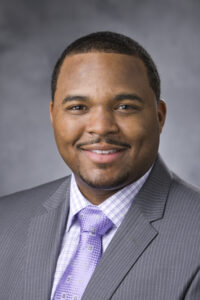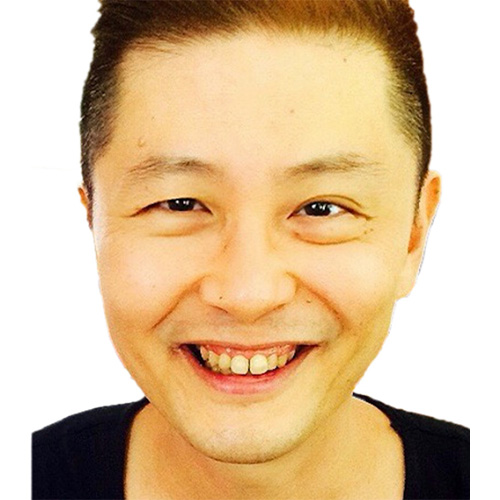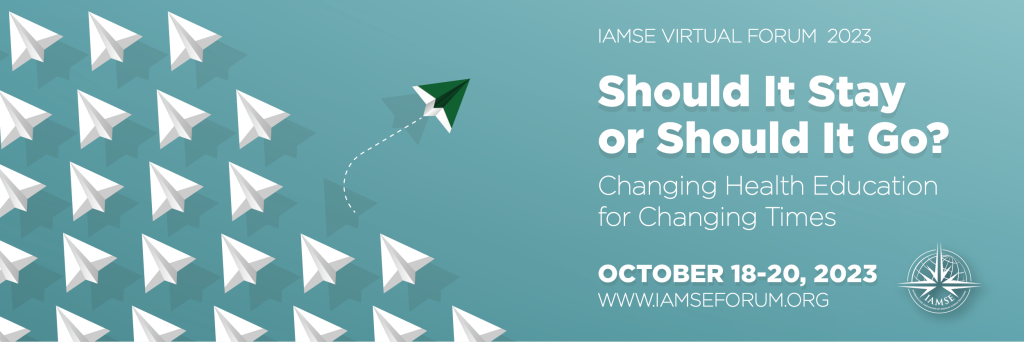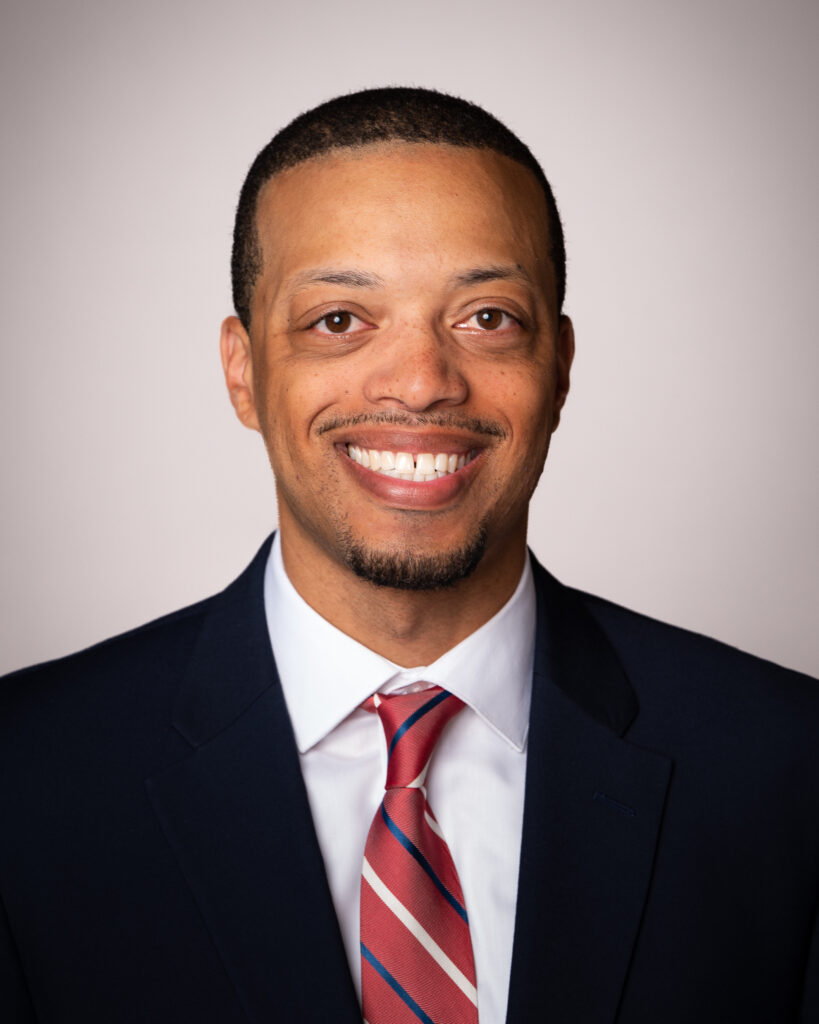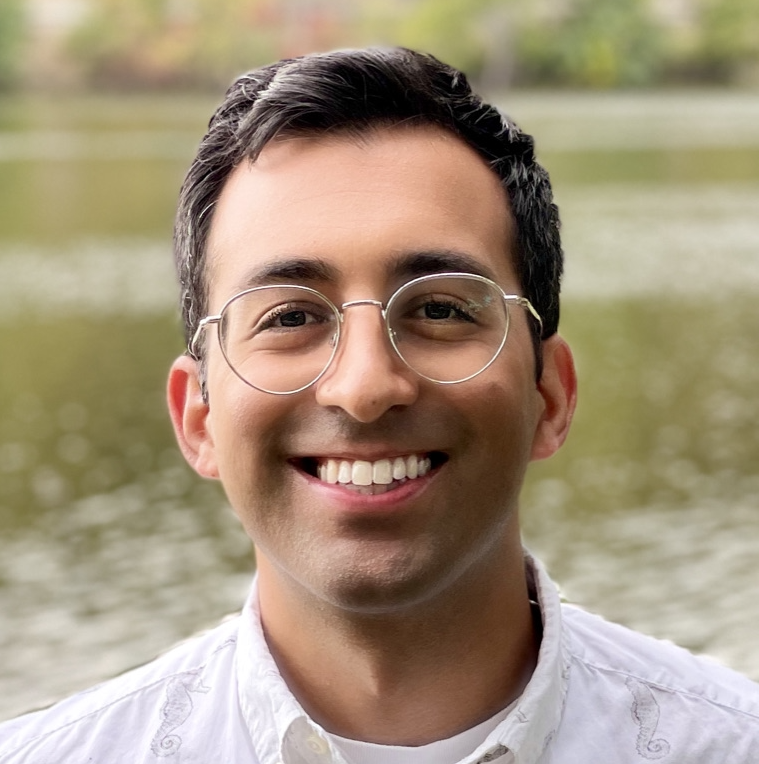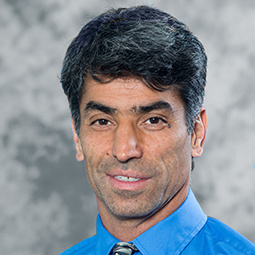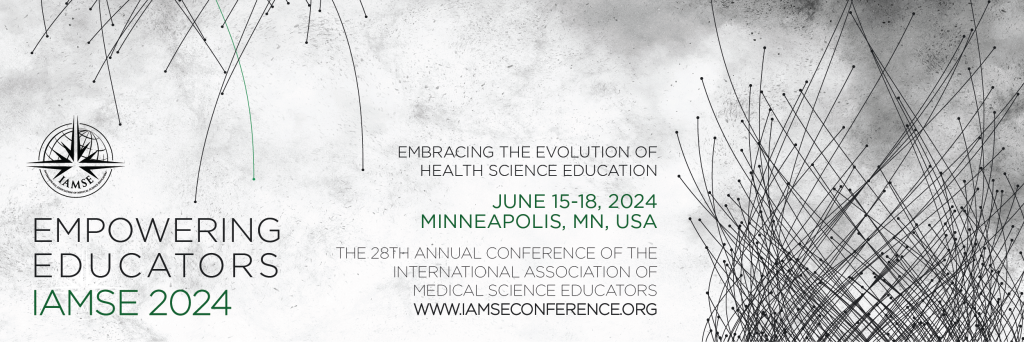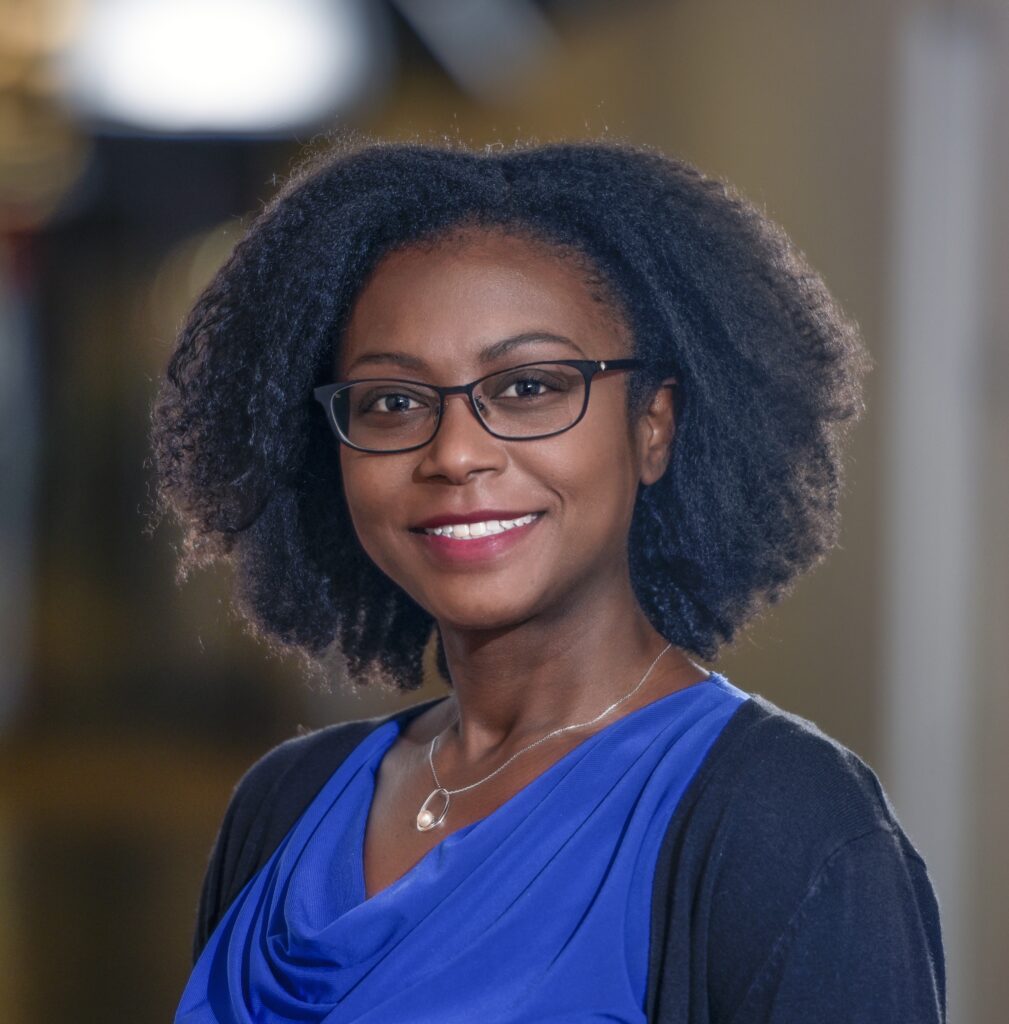[The following notes were generated by Douglas McKell. MS, MSc and Rebecca Rowe, PhD]
The Fall 2023 IAMSE WAS Seminar Series, “Brains, Bots, and Beyond: Exploring AI’s Impact on Medical Education,” began on September 7, 2023, and concludes on October 5, 2023. Over these five sessions, we will cover topics including the foundational principles of Artificial Intelligence and Machine Learning, their multiple applications in health science education, and their use in teaching and learning essential biomedical science content.
The series began with the session “An Introduction to Artificial Intelligence and Machine Learning with Applications in Healthcare” by Dr. Homayoun Valafar. Dr. Valafar is Chair of the Department of Computer Science and Engineering, Director of SC INBRE Bioinformatics Core, and Director Big Data Health Science Center for Genomic Core at the University of South Carolina.
Dr. Valafar started the session by discussing the role of Artificial Intelligence (AI) and Machine Learning (ML) in scientific discovery, followed by defining the relationship between AI and ML. He then reviewed the process of training ML models for practical applications. He completed the session by providing two examples of AI and ML techniques where they are being applied in different healthcare environments.
At the beginning, it is important to note that there is an overlap with data science with AI and ML. He briefly explained the traditional data management role of acquisition, verification, storage, retrieval, and analysis by data scientists, pointing out that today, AI and ML play a central role in data management. ML and the application of AI offer several advantages over traditional data management models, especially in data storage and retrieval, as well as pattern recognition.
Dr. Valafar explained that while AI and ML tend to be used interchangeably, this is incorrect because they are distinctly different. He emphasized that while ML is a subset of AI, some types of AI do not involve ML. A technique is considered AI when machines act intelligently because humans specifically program intelligent actions. Conversely, ML is a sub-branch of AI that occurs when machines learn on their own how to manage the data they are given. The machine itself will know what it is doing; however, the human may or may not know what the device is doing or how it is doing it. The machine learns on its own the governing rules of its behavior to reach a solution. Dr. Valafar termed this difference as being “Black Boxed (ML) vs. White Boxed (AI)” or transparent vs. opaque. In the former, the ML produces excellent output, but you have no idea the rules it uses to accomplish this task. In the latter, you have programmed the rules, but in both cases, you still need to assess the accuracy of the output.
An example of AI is when a human tells “Alexis” to turn the lights on at 7:00 p.m. Here, you, the human, specify the rules that the machine is to follow. The machine has “learned” to interpret your gestures into actions it needs to take. Other examples included moving your computer cursor to change a letter or a word, multiple keystroke actions to “automatically” make changes in a document, and using voice recognition to specify locations, playlists, and songs.
He also shared examples of AI that are also examples of ML. They included providing the data to an ML program and asking it to find patterns indistinguishable to me as a human. For example, when given the data:
- find patterns that determine how a patient responds to a drug
- distinguish the distinguishing attributes of smoking behavior
- find common characteristics of patients with vascular disease.
ML can be divided into two branches: supervised learning and unsupervised learning. In supervised learning, the human is involved in machine learning model training. The human expert has reviewed, categorized, and labeled the data to discriminate between critical differences for investigation. e.g., a drug responder or a non-drug responder, or the presence or absence of calcification in the arterial system in a radiological image. This information is used to train the ML model. Because humans are involved, this technique is more common and reliable but tends to be more time and resource-consuming. Supervised learning will also incorporate human error. Unsupervised learning is when the machine will figure out the data independently, such as determining the clustering of data. This technique tends to be less prevalent and is used most in an academic setting.
This session focused on supervised learning, which includes collecting and aggregating relevant data, scrutinizing the data for accuracy and bias, such as sex, age, or race-based biases, removing biases, and dividing the data into training or testing sets. Failing to remove biases results in reliable but not valid data analysis by the ML model. The training set is used to train the model, and the testing set is not exposed to the ML network at all and is used to evaluate the trained model. The model’s training occurs when the internal parameters are adjusted until the correct input/output association is achieved. This occurs when the accuracy of performance increases while errors are decreased. The test set validates the accuracy of the training model. This process is central to the development of an Artificial Neural Network. The training process involved multiple iterations where you focus on increasing the accuracy of the output while minimizing the information loss.
Dr. Valafar emphasized that the ML process he outlined is based on the unsupervised approach and comes with an understanding that depending on what form of ML you employ, you may be able to extract the information out of the ML or it may just be embedded in the ML model itself and inaccessible you. In other words, you cannot explain nor replicate the process (rules) the ML model used to arrive at its output. ML techniques like this will usually depend on applying many well-known statistical methods such as Linear or Logistic Regression, Bayesian Classifiers, Decision Trees, Random Forest, and Artificial Neural Networks.
For the remainder of the webinar, Dr. Valafar provided several applications of how ML, incredibly biologically similar Deep Neural Networks, a sub-set of Artificial Neural Networks trained on large databases, can perform remarkably accurate predictive identification of critical characteristics of interest in new data, for example, a single patient expected response to a new drug over time. He reminded us that while this approach generally outperforms all other AI approaches, it still lacks explainability and reliability as a “Black Box” ML model. On the other hand, Decision Tree Models perform less well on complicated tasks but are explainable with information transparency. Examples included determining the cardiovascular factors given the set of individual patient factors such as age, weight, and smoking to categorize the patient as high risk or low risk. Human experts must provide the initial data categorization to help train the ML model.
ML-based AI examples included the Application of AI and ML to facilitate patient management in the emergency room during a mass casualty event by reducing the time-to-treatment for 300 simulated patients from 12 hours to 3 hours, identifying patients most likely to receive clinical benefit from Cardiac Resynchronization Therapy, determine an individualized predictive hydroxyurea drug response for Sickle Cell Anemia at 3, 6, and 9 months based on blood sample of target fetal hemoglobin above 12 % sing a Digital Twin graphing process, and using ML in vascular surgery where it can detect and quantify calcification or plaques and identify and track the health of the aorta and the peripheral arteries. The final application of AI and ML involves the patient wearing activity monitoring devices, such as watches, rings, necklaces, wrist or ankle bands that can monitor the number of steps, amount of sleep, sports activity, smoking cessation, whether the patient is eating and or taking their medications for example. In each of these examples, the individual’s physical actions are translated (interpreted by ML) into a pre-identified highly probable behavior with remarkable but not infallible accuracy, e.g., smoking and medication taking can be confused.
In conclusion, Dr. Valafar stated AI and ML have the potential to revolutionize healthcare and medical sciences. AI can be used to optimize patient outcomes, and ML can become an assistant to practitioners and tutors to apprentices by becoming a second set of eyes, by identifying subtle changes in a patient’s physiology, or by predicting an individual’s future risk factors for a disease progression or treatment response. He ended by highlighting the two barriers that will prevent the full potential of AI in healthcare: 1. data sharing barriers need to be removed, and 2. the need for better collaboration between the health practitioner and the data sciences.


